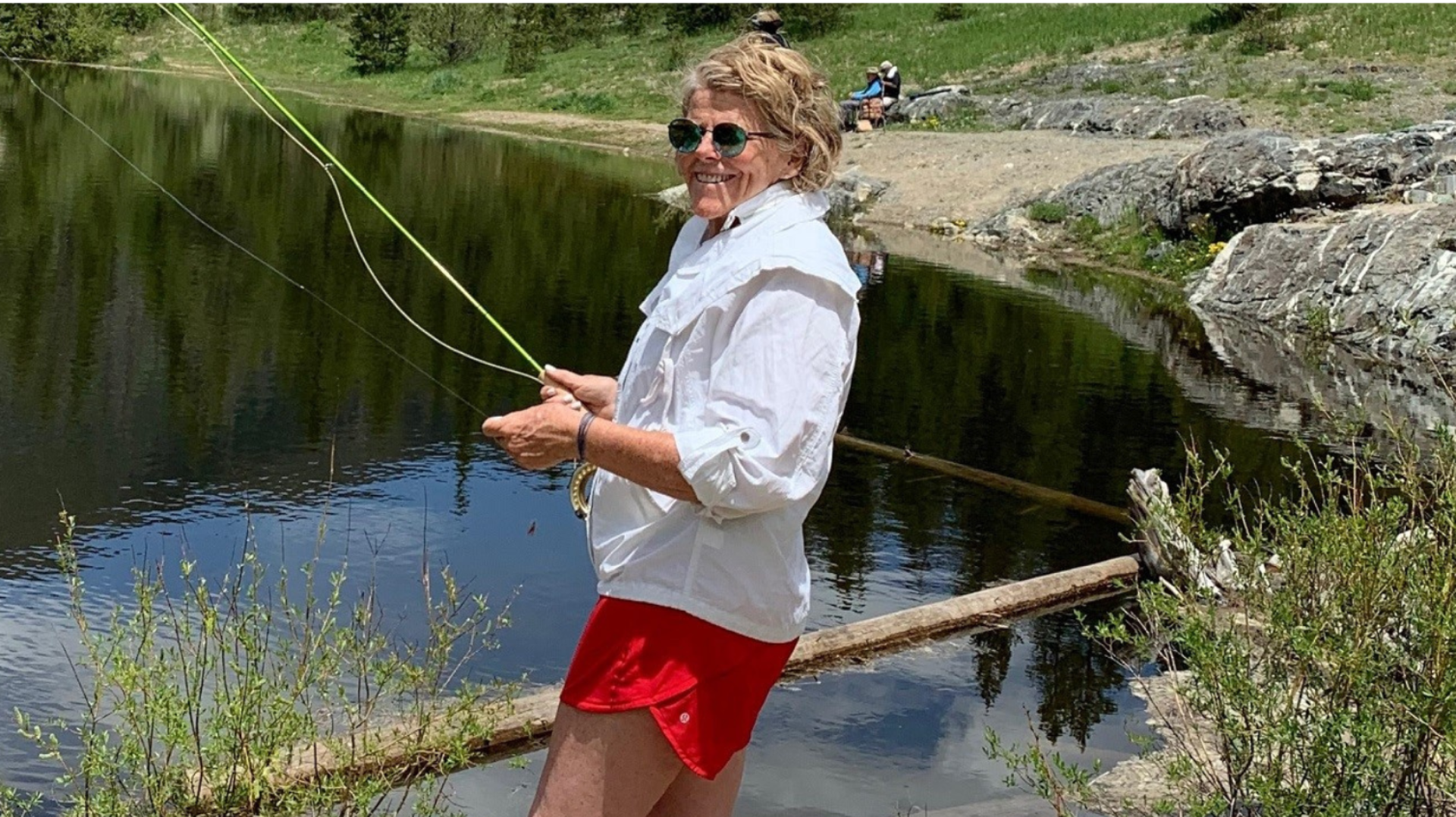Energizing breakfast recipes to kickstart your morning with nutritious and delicious options. Cleanse for Life, Ionix Supreme, Apple Pomegranate e+energy shot and more. Ingredients 16 oz Cleanse […]
Michele Foster
The Dynamic Landscape of Neuroplasticity: Where Change is the New Normal
Neuroplasticity, the brain’s remarkable ability to adapt and reshape itself throughout life, is no longer a fringe concept. It’s a vibrant field brimming with rapid […]
Neuroplasticity: The Seed of Greatness Blooming Now
Neuroplasticity isn’t just a future promise, it’s a present solution fueling a wave of greatness. This remarkable ability of the brain to adapt and grow […]
NEUROPLASTICITY: The Brain’s Hidden Power and Key to Our Future
For a long time, the brain was thought to be a relatively fixed organ, its structure and function largely set in stone by our genes […]
Newsletter, 6/17/24
Collagen: The Body’s Scaffolding Collagen isn’t just a buzzword in the skincare industry; it’s truly the body’s most abundant protein, making up roughly 30% of […]
